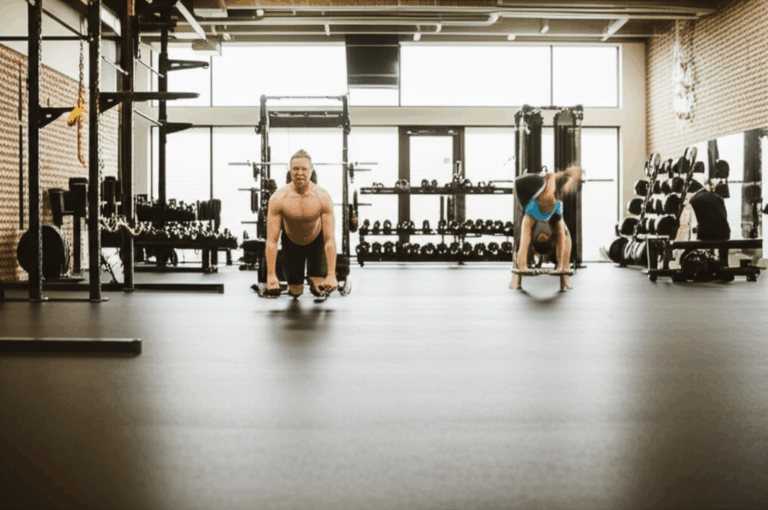Stepping into a gym, whether for the first time or as a seasoned regular, can be both exhilarating and daunting. While the desire to improve health and fitness is strong, many individuals inadvertently fall into common pitfalls that can hinder progress, lead to injury, or even cause burnout. Local fitness experts emphasize that maximizing your gym time isn’t just about effort; it’s about working smarter and avoiding preventable errors that can sideline your fitness journey.
“Many gym-goers unknowingly make a few common mistakes that can hold them back from their goals,” states one fitness professional. The good news? These issues are often easily corrected with awareness and the right approach.
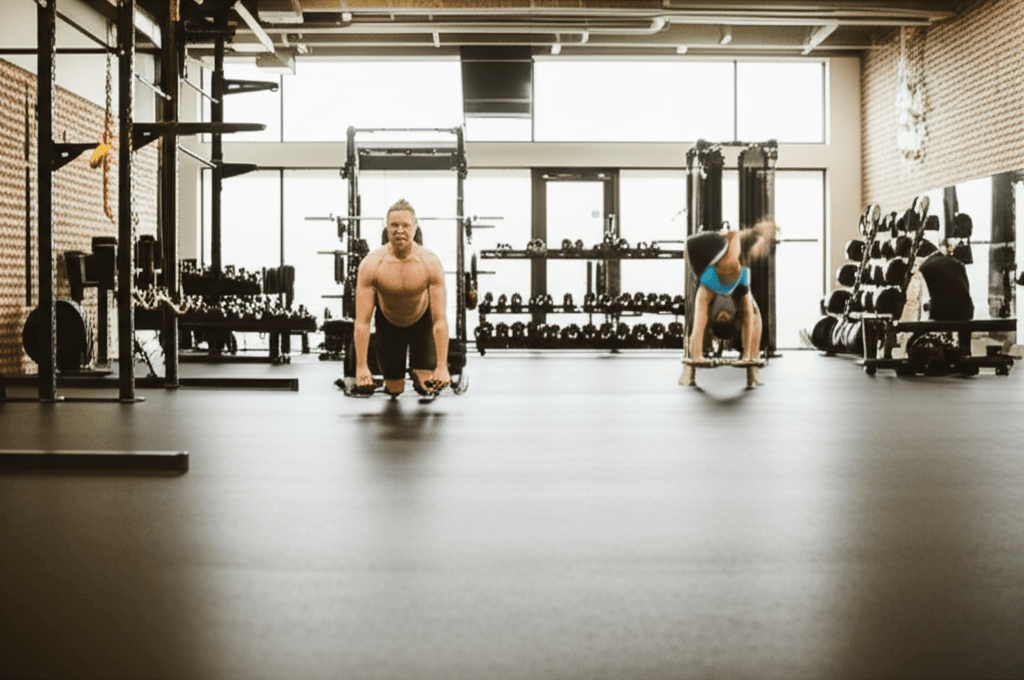
1. Poor Form and Technique: The Fast Track to Injury
Perhaps the most critical and frequently cited mistake is using improper form during exercises. Whether you’re lifting weights, using machines, or even doing bodyweight exercises, incorrect technique significantly increases the risk of injury and reduces the effectiveness of your workout. Lifting too heavy too soon often compromises form, forcing other muscles to compensate and potentially leading to strains or sprains. For example, improper squatting technique, such as letting knees come forward past the toes or not shifting hips back, is a common error that can lead to knee pain.
How to Fix It: Prioritize Precision Over Weight
- Start Light: Begin with lighter weights or even just your body weight to master the movement pattern.
- Seek Guidance: Utilize mirrors for visual feedback, watch reputable tutorials, or, ideally, consult with a certified personal trainer to ensure proper technique.
- Focus on Mind-Muscle Connection: Concentrate on feeling the target muscles work during each repetition.
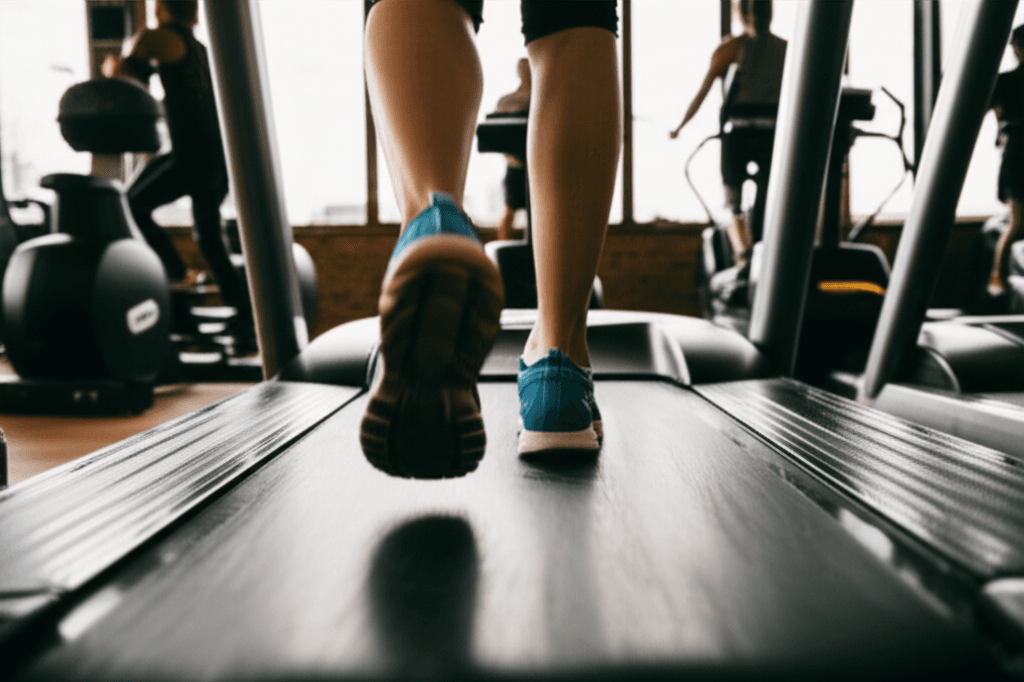
2. Skipping Warm-Ups and Cool-Downs: Undermining Performance and Recovery
Many people rush into intense exercise without adequately preparing their bodies, or they leave immediately after their last set without a proper cool-down. Skipping warm-ups can make muscles vulnerable to injury, as they are not primed for the demands of the workout. Similarly, neglecting a cool-down can impede recovery and lead to increased muscle soreness.
How to Fix It: Prepare and Recover Effectively
- Dynamic Warm-Up: Dedicate 5-10 minutes to dynamic movements like leg swings, arm circles, or light cardio to increase blood flow and mobilize joints.
- Targeted Warm-Up: For specific lifts, perform lighter sets with higher reps to prepare the working muscles.
- Static Stretching and Cool-Down: Conclude your workout with 5-10 minutes of static stretching, holding each stretch for 10-30 seconds, to improve flexibility and aid muscle recovery.
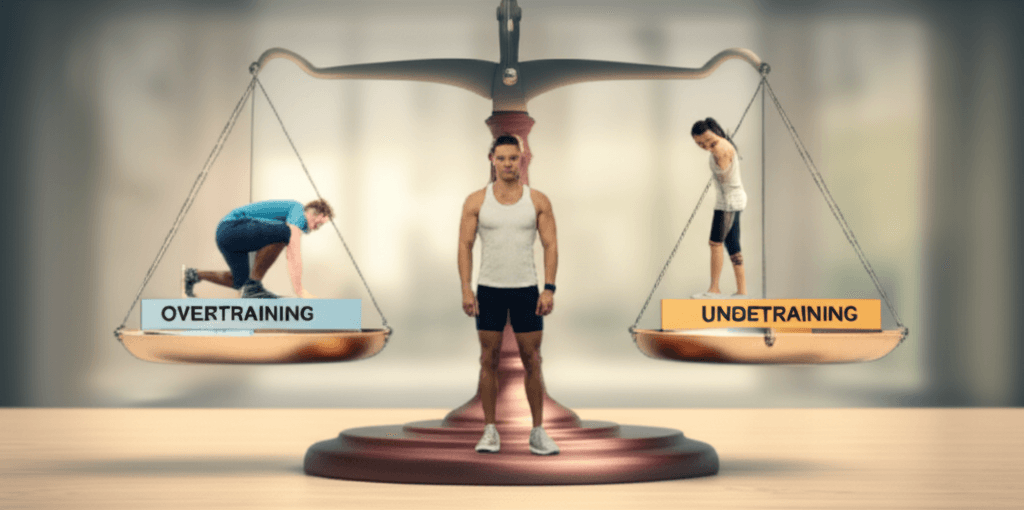
3. Overtraining or Undertraining: Finding the Right Balance
The belief that “more is better” can lead to overtraining, which results in burnout, stalled progress, and injury. Conversely, undertraining or performing the same routine without progression can lead to plateaus and limit results. Your muscles adapt, so a lack of variety or sufficient challenge can halt progress.
How to Fix It: Strategic Training and Listening to Your Body
- Structured Program: Follow a well-designed workout plan that includes progressive overload and periodization, changing exercises or variables every few weeks.
- Schedule Rest: Incorporate adequate rest days, as muscles repair and grow during recovery, not just during the workout itself. Aim for 7-9 hours of sleep.
- Listen to Your Body: Pay attention to signals of fatigue or excessive soreness. It’s better to take a rest day than push through and risk injury.
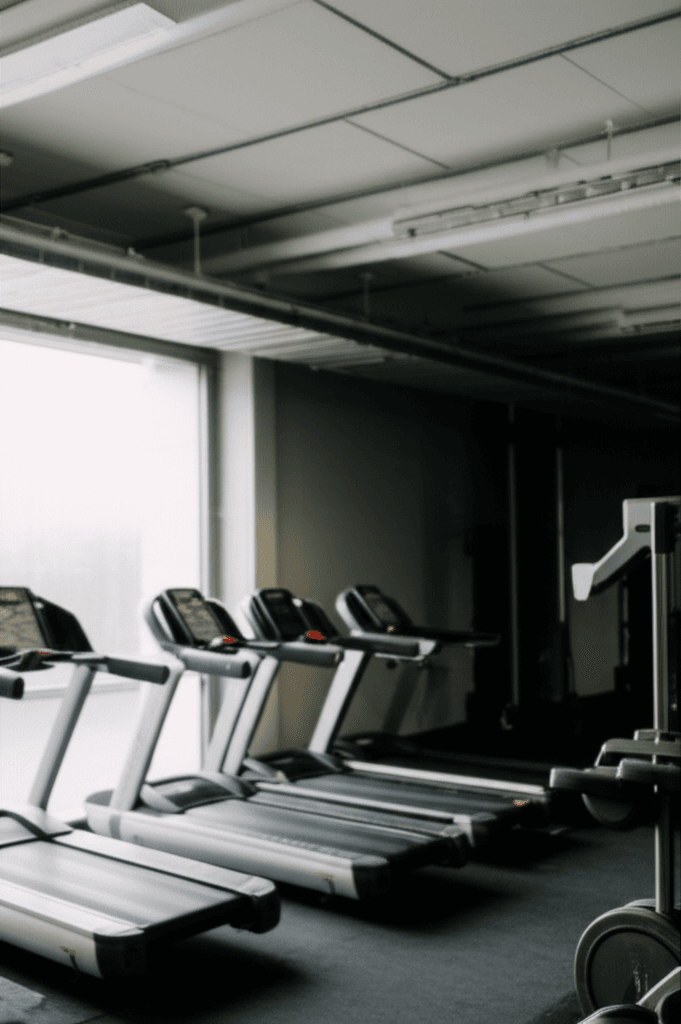
4. Neglecting Nutrition and Hydration: Fueling Your Progress
Many gym-goers focus solely on their time in the gym, overlooking the crucial roles of nutrition and hydration. Inadequate fueling can negatively impact workout performance and hinder recovery and results. Skipping meals, not consuming enough protein, or insufficient water intake can lead to fatigue and impede muscle repair and growth.
How to Fix It: Fuel and Rehydrate Smartly
- Balanced Diet: Prioritize a diet rich in lean proteins, complex carbohydrates, and healthy fats to support energy, muscle repair, and overall health.
- Stay Hydrated: Drink water before, during, and after workouts to prevent dehydration and muscle fatigue.
- Post-Workout Nutrition: Consume protein-rich foods or a shake after your workout to aid muscle recovery and growth.

5. Lack of a Plan and Tracking Progress: Aimless Effort
Wandering around the gym without a clear workout plan or failing to track progress can lead to inefficient workouts and a lack of tangible results. Without a specific strategy, it’s easy to stick to preferred exercises, neglect important muscle groups, or simply not challenge yourself enough to stimulate growth and adaptation.
How to Fix It: Be Intentional with Your Training
- Create a Workout Plan: Know what exercises you will do, how many sets and reps, and in what order before you even step into the gym.
- Set SMART Goals: Establish Specific, Measurable, Achievable, Relevant, and Time-bound goals to provide direction and motivation.
- Track Progress: Keep a workout journal or use an app to log your exercises, sets, reps, and weights. This allows you to monitor improvement and identify areas for adjustment. Regularly challenging yourself with new weights or exercises keeps your muscles adapting and growing.
By addressing these five common mistakes, gym-goers can transform their workouts, minimize injury risk, and accelerate their journey toward achieving their fitness goals. Consistency, proper technique, and a well-rounded approach are key to long-term success.




